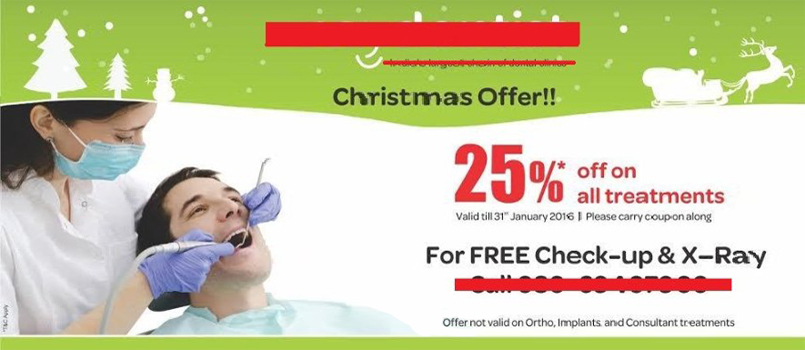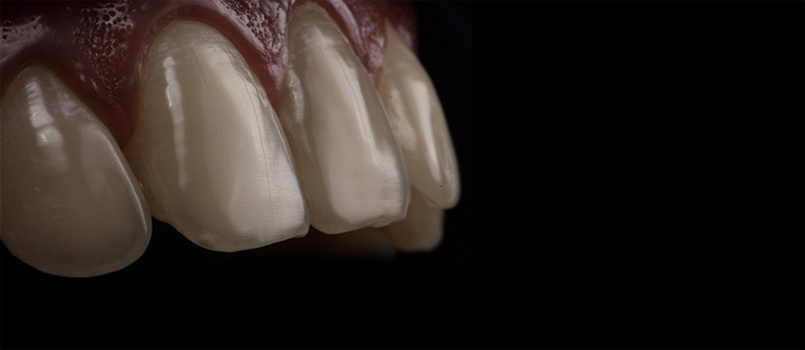.jpg)
covid19, being-dentist, littlie-more-than-being-dentist'-, littlie-more-than-being-dentist, financial-management
In December 2019, a viral infection spread in China named novel coronavirus (COVID-19) or the severe acute respiratory syndrome coronavirus 2 (SARS-COV-2). This infection rapidly spread throughout the world and become COVID pandemic. The first case in the United States was noticed in January 2020 and presently (May 2021) has resulted in 32,933,337 cases and 586,793 deaths. (www.cdc.gov). Currently, India is facing similar situation how it was in the United States in 2020 and some lessons can be learned from the USA that can help Indian dentists too.
The effect of pandemic has also seen in dental practices across the nation. At the beginning of the first wave of COVID-19, approximately 198,000 dentists and dental specialists in the USA have to shut down their practices. The reason for the closure was the nature of the work performed in the dental care settings because dentistry is the field where physicians or other staff members have to work closely with the patient especially with the close proximity to the oropharynx and nasopharynx. The virus that causes COVID-19, SARS-CoV-2 is present in the nasopharynx and salivary secretions of the oropharynx. The unique nature of dental interventions involves the usage of various equipment that are known for aerosol production, such as high-speed handpieces, bone drilling equipment, and cavitron. These aerosolized SARS-CoV-2 particles can stay in the air for several hours and can cause the transmission of infection from an infected person to a normal person. Such a work environment is a high risk for the dental personnel teams and for patients for being infected with COVID.
New face of Challenges for dental practices
The pandemic changed the challenges for dental practices such as obtaining dental supplies, maintaining patient’s routine dental visits, financial sustainability, retention of employees, and patient safety challenges. Usually in dental practices, standard universal precautions applied to minimize the spread of infection but to minimize the COVID-19 infection, new strategies need to be implied. This is because the majority of COVID infected patients remain asymptomatic due to the long incubation time period of the virus (2-14 days) and can spread the infection without being aware of it. That’s why regular and daily screening of dental staff members and patients is necessary to ensure that they are neither asymptomatic nor being in contact with COVID patient or have travel history in the past 14 days.
Need of new strategies to spread awareness
Various strategies have been implemented by dentists to continue attending to their patients and keep their businesses open. Various guidelines have been issued by various healthcare associations, to help dentists to practice dentistry and addressed the needs of their patients while minimizing the risk of transmission of disease. However, there is still a need to spread awareness, especially for the dentists or dental healthcare workers who are working in remote areas, about how to update their work field to continue providing services to their patients or community. The ensuing recommendations can be followed:
- Triage patients before treatment, record temperature or any other COVID associated symptom, patient history of any contact with COVID patient or traveled outside the USA in last 15 days.
- The use of double barriers for intra-oral X-ray sensors are recommended or if possible, perform extra-oral radiographs are recommended.
- Wear PPE kits and change them regularly after every patient.
- Hand hygiene that includes the washing of hands with soap for 20-30 seconds and use of hand sanitizer with the strength of 70% alcohol is recommended.
- The use of pre-operative mouth rinse of patients by either using 0.5-1% hydrogen peroxide or 0.2% povidone iodine solution, to reduce the risk of spread of microorganisms during dental treatment.
- Avoid aerosol-producing equipments and use of hand equipment is encouraged. If possible, try to schedule an appointment for aerosol-producing treatments at the end of the day.
- Medical grade high efficiency particulate air (HEPA) filtration system along with high emergency ultraviolet light units or panels can also be installed. This system is known for 99.995% filtration rate and units can kill live bacteria or aerosolized bacteria trapped in the filter.
- Negative pressure rooms or airborne infection isolation rooms can limit the spread of airborne infection to one room. These rooms can suck out 30-40% of air and ensure a one-way flow of air.
- Include tele-dentistry to offer various services such as to provide urgent care services or follow-up services.
Lessons Learned from pandemic
Various lessons can be learned from this pandemic, that can help the dental care professionals to be prepared for any future crisis such as, analyze the practice operations which will help improve the financial and clinical performance. By improving the quality of work, focusing on reporting, performance indicators and benchmarking, cost-effective strategies can be implemented. By removing the financial barriers and improving the access to care can also help both patients as well as dentists. By providing phase treatment and breaking up the expensive treatment plans into series of smaller installments, incorporating technology such as tele-dental visits, offering competitive fees, affordable payment plans or collaborating with insurance companies can help solve these issues. As of now, with every passing day, more people are getting vaccinated. It is expected that once we will be able to fight this pandemic, likewise other business, dental practices will also be able to open and see their patients as they do before COVID.
References: COVID Data Tracker. (2020). Retrieved 24 May 2021, from https://covid.cdc.gov/covid-data-tracker/#datatracker-home

Dr. Ravleen Boparai





